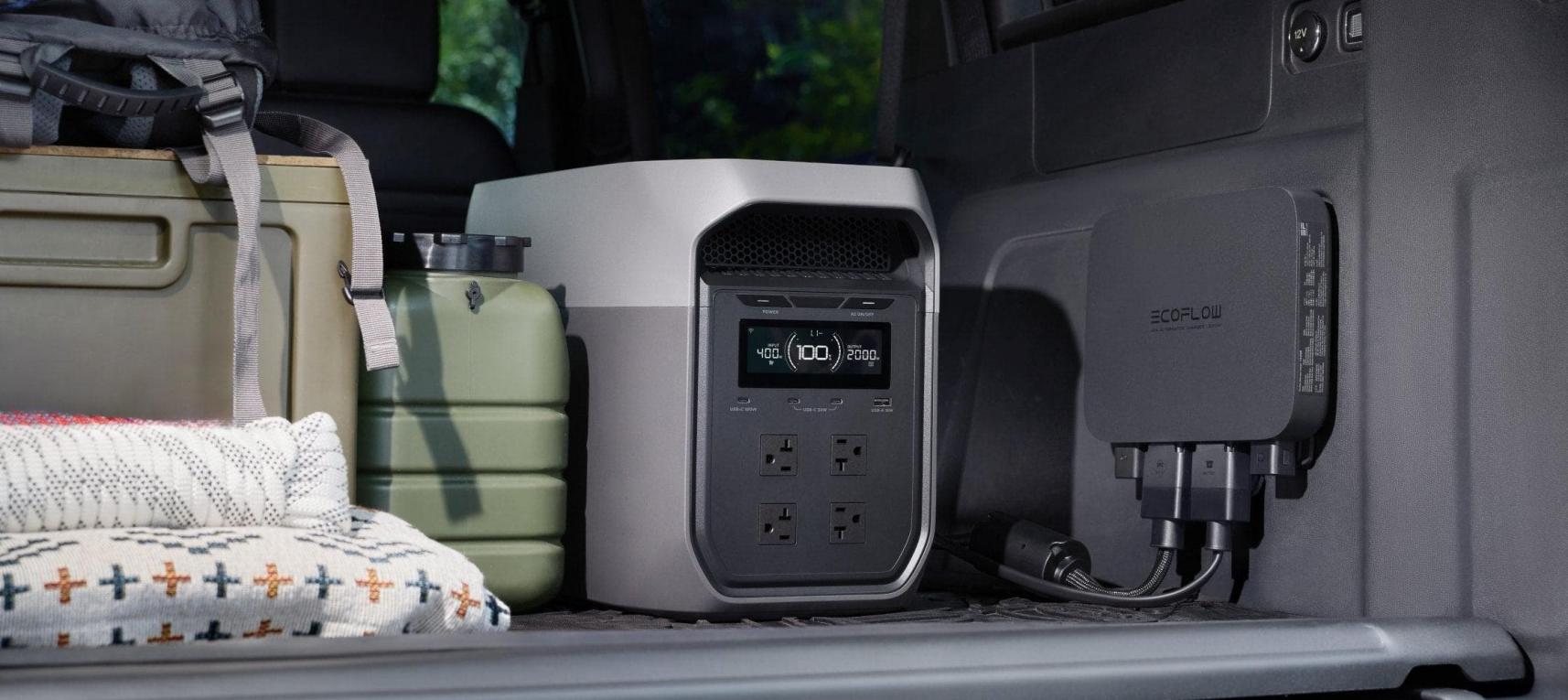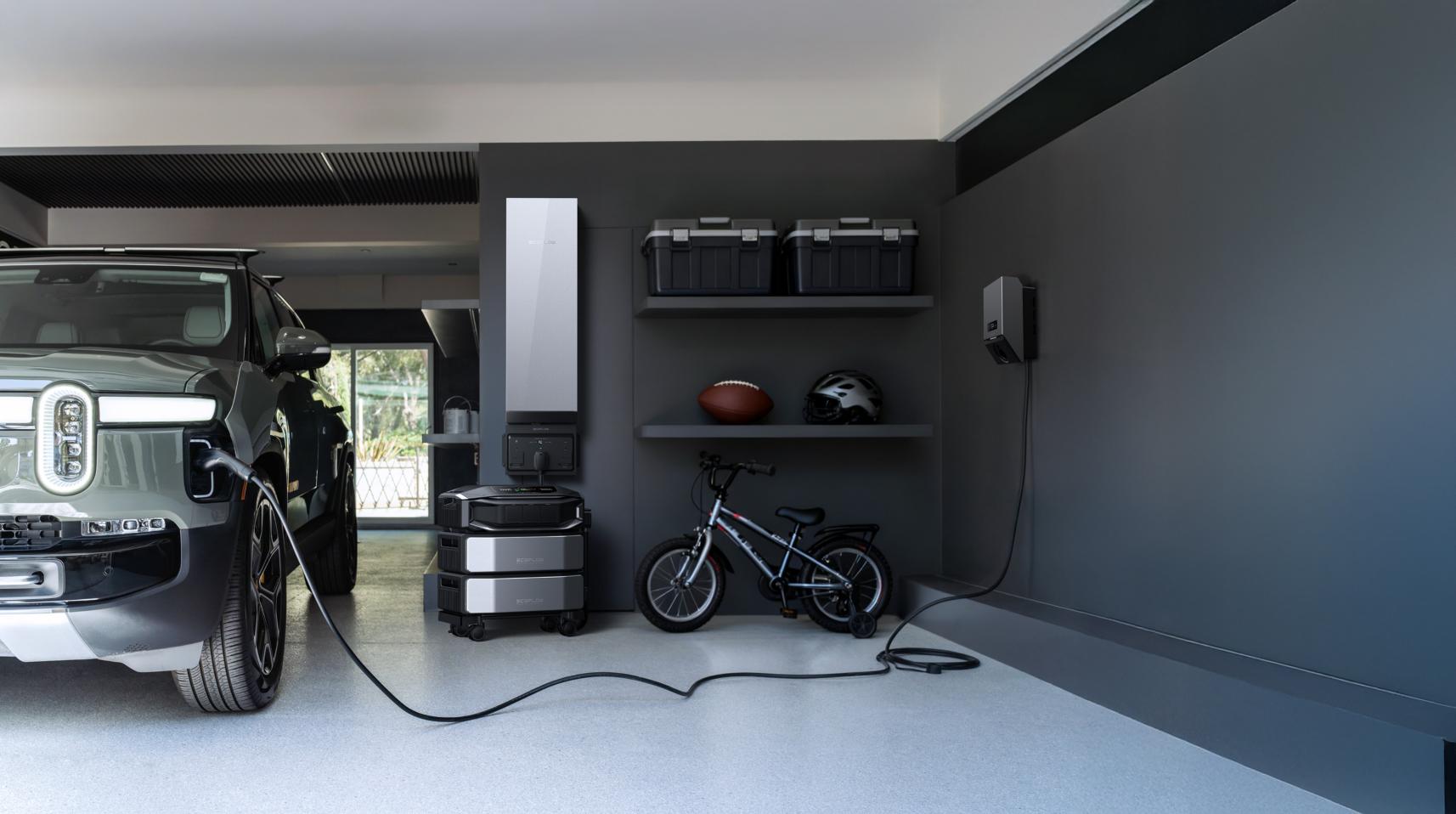How to Save Electricity in Winter: 10 Practical Tips to Lower Your Energy Bill
As winter approaches, we welcome cozy sweaters and warm drinks. But there's one thing nobody looks forward to: the shocking spike in the monthly electric bill. As the temperature drops, our energy consumption rises, often leading to budget-busting expenses. The good news is that you don't have to choose between staying warm and saving money. With a few smart strategies, you can learn how to save electricity and keep your home comfortable all season long.
Why Does Your Electric Bill Spike in Winter?
Before diving into the solutions, it helps to understand why winter is so tough on our energy usage. Unlike summer, where the main culprit is air conditioning, winter presents a multi-front battle against the cold and dark.
- Heating is the #1 Consumer: Your home's heating system is by far the biggest energy user in winter. Electric furnaces and space heaters consume massive amounts of electricity to generate heat.
- Shorter Days Mean More Light: With the sun setting earlier, we rely more on artificial lighting, keeping lamps and overhead lights on for several more hours each day.
- Water Heaters Work Overtime: The water entering your home is much colder in the winter, meaning your water heater has to work harder and longer to bring it up to temperature for showers and laundry.
- More Time Indoors: We naturally spend more time inside during the colder months, leading to increased use of ovens, stovetops, TVs, computers, and other electronics.
No-Cost and Low-Cost Ways to Save Electricity Immediately
You don’t need to make a big investment to start seeing a difference. These simple, effective tips are some of the best ways to save on your electric bill right away.
Optimize Your Thermostat
One of the easiest ways how you save electricity is by managing your thermostat. The U.S. Department of Energy estimates you can save up to 10% a year on heating costs by turning your thermostat back 7°-10°F for 8 hours a day from its normal setting. A good rule of thumb is to set it to 68°F (20°C) when you're home and awake, and lower it when you're asleep or out of the house.
Harness the Power of the Sun
Sunlight is a free source of heat! During the day, open the curtains and blinds on your south-facing windows to let in direct sunlight and naturally warm your home. As soon as the sun goes down, close them to trap that heat inside and add a layer of insulation.
Seal Air Leaks
A drafty home is an inefficient home. Cold air seeping in through gaps around windows, doors, and electrical outlets can make your heating system work much harder. Do a quick audit of your home and use inexpensive weatherstripping or caulk to seal any leaks you find. Don’t forget to check the attic hatch and fireplace dampers.
Smart Appliance Use
Your large appliances can contribute to your high winter bills.
- Laundry: Wash your clothes in cold water whenever possible and always run full loads.
- Dishwasher: Only run the dishwasher when it's completely full. Use the air-dry setting instead of heated drying.
- Cooking: Use smaller appliances like microwaves or slow cookers instead of the full-sized oven when you can, as they use significantly less energy.
Combat "Vampire Power"
Many electronics continue to draw power even when they're turned off. This "vampire" or "phantom" load can account for up to 10% of your electricity use. Unplug chargers, game consoles, and TVs when you’re not using them, or plug them into a power strip that you can easily switch off.
Smart Investments for Long-Term Winter Savings
Once you've mastered the daily habits, a few small upgrades can lead to even bigger savings year after year.


Upgrade to LED Lighting
If you're still using old incandescent bulbs, switching to energy-efficient LEDs is a must. LEDs use at least 75% less energy and last up to 25 times longer. This is especially important for holiday lighting, which can be a major energy drain if you're using older, inefficient strands.
Insulate Your Water Heater
For a small, one-time cost, an insulation blanket for your water heater can reduce standby heat loss by 25%–45%, saving you money every single month. It’s a simple DIY project that pays for itself quickly.
Install a Smart Thermostat
A smart thermostat takes thermostat optimization to the next level. It can learn your schedule and preferences, automatically adjusting the temperature for maximum efficiency. Plus, you can control it from your smartphone, ensuring you never waste energy heating an empty house.
The Ultimate Solution: Take Control with a Home Energy System
While the tips above are great for reducing consumption, the ultimate way to save electricity in winter is to change how you source and manage your power. This is where a home battery system transforms your relationship with energy.
Gain Energy Independence with Portable Power
If you're looking for a powerful and flexible solution, the EcoFlow DELTA 3 series is a fantastic place to start. A unit like the DELTA 3 Max offers a significant amount of power in a portable package.
Instead of running your home's central heat at a high temperature, you can use the DELTA 3 Max to power an efficient electric space heater in the room you're actually using, like your home office or living room. You can charge it with solar panels during the day and use that free, clean energy to stay warm at night, cutting your reliance on expensive grid power. It’s a smart, targeted approach to staying comfortable without breaking the bank.
Eliminate High Bills with Whole-Home Backup
For homeowners who want to achieve true energy freedom and maximize their savings, the EcoFlow DELTA Pro Ultra X is the answer. This is more than just a battery; it's a whole-home power solution.
It's powerful enough to run your entire house, including your 5-ton HVAC heat pump, water heater, and all your appliances. Here’s how it helps you save money on your electric bill in winter:
Slash Peak-Hour Costs: Many utility companies charge significantly more for electricity during "peak hours." The DELTA Pro Ultra X’s intelligent system can be set to charge with grid power when rates are at their lowest (overnight) and then use that stored energy to power your home during the expensive peak afternoon and evening hours.
Maximize Solar Power: By pairing it with solar panels, you can generate and store your own free electricity during the day. Instead of sending excess power back to the grid for minimal credit, you can save it to power your home through the night, effectively zeroing out your bill.
Uninterrupted Winter Comfort: Beyond savings, it provides total peace of mind. When winter storms cause power outages, the DELTA Pro Ultra X automatically kicks in within milliseconds, keeping your heat, lights, and critical devices running without interruption. Plus, with an Hours-Long Install Within 7 Days, you can have this security and savings up and running in no time.


Final Winter Energy-Saving Tips
Learning how to save money on your electric bill doesn't have to be complicated. It starts with simple, conscious choices—like adjusting your thermostat and sealing drafts—and can extend to empowering investments in modern energy technology. By combining everyday habits with a powerful home battery solution from EcoFlow, you can take complete control of your energy usage, stay warm and cozy, and enjoy a winter free from the stress of high utility bills.
Winter Electricity Savings FAQs
Q1: How much does it cost to use my central heating system or an electric space heater?
It depends on how you use it. Modern space heaters that use less energy may be cheaper than running your whole central heating system if you only need to heat one or two rooms and leave the rest of the house cool. However, it is almost always more efficient and costs less to use central heat than a bunch of room heaters to heat your whole house. A space heater can be used for "zone heating," which is very important.
Q2: How much money can I really save if I unplug my electronics?
The effect of this practice, which is sometimes called "vampire power," can be felt, though it changes from home to home. By using smart power strips or unplugging gadgets when they're not in use, the average U.S. home can save about $100 a year. Things like coffee makers, TVs, phone chargers, and game systems all use a small amount of power all the time when they are plugged in.
Q3: Do ceiling fans help keep the heat in during cold weather?
They can, for sure! Most ceiling fans have a switch that can be used to reverse the blade direction to clockwise. By running the fan slowly in this way, the warm air that rises and gathers near the ceiling is pushed back down into the living space. This movement can make the room feel warmer, which means you can turn down the thermostat by one or two degrees without losing warmth. This saves energy.
Q4: What amount of humidity makes a house feel warmer in the winter?
If you keep the humidity inside between 30% and 50%, you can feel warmer with the temperature set lower. When it's dry outside, your body feels cooler because moisture evaporates more quickly from your skin. When you use a humidifier, the air gets more moist, so 68°F feels just as warm as 72°F might in dry air. You can turn down the heat and save electricity this way.
Q5: Can a portable power station really help me save money on my electricity?
Yes. You can do "energy arbitrage" with a portable power station like an EcoFlow DELTA. During off-peak hours, when electricity is least expensive, you can charge it from the wall outlet. During peak hours, when electricity is most expensive, you can use the battery power to power appliances. If you connect it to solar panels, you can power your devices with free, clean energy, which will cut your use of the grid even more.